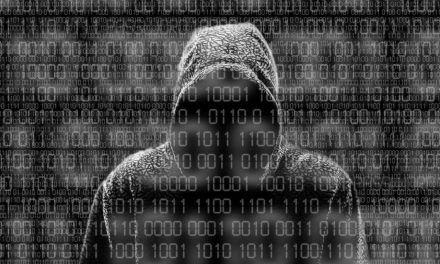Which comes first? Insatiable and rising demand for server power, or expected sharp surges in cyberattacks in India next year?
While traditional astrological predictions are something to look forward to in the approaching new year, tech predictions for India appear to be mostly fatalistic, as far as industry experts are concerned.
Two key issues that are going to wrack the nerves of the IT personnel in India’s enterprises are: unprecedented levels of demand for server power, and increasing numbers of cyberattacks in 2024.
The anticipated surges transcend mere numerical metrics: they signify a responsive adaptation to the evolving landscape of accelerated technology usage. In a world where data holds unprecedented significance, servers assume a pivotal role in ensuring seamless operations across diverse industries.
However, the conundrum is that cybercriminals are also part of the increased demand for server power — to power their attacks in 2024
Surging server demands
According to L Ashok, Managing Director, Futurenet Technologies, Chennai: “The server market is poised for substantial growth in 2024, riding the wave of a robust economy. Contrary to conventional trends, a noteworthy shift is anticipated as individuals and businesses consider reverse migration from the cloud to collocated servers. This strategic move aims to curtail costs while maintaining data control.”
Furthermore, the burgeoning field of IoT presents a novel avenue, with the integration of new technologies fostering an increased demand for servers in India, Ashok noted: “As the market witnesses this dual dynamic of reverse migration and IoT innovation, 2024 will emerge as a pivotal year for the expanding role and relevance of servers in the country’s technological landscape.”
The impending surge in demand for server power next year is in tandem with the widespread adoption of cloud solutions during the three-year COVID-19 pandemic. The evolving landscape, marked by increased awareness and integration of digital innovations, is propelling servers into a central role.
“With servers adapting to changing configurations and becoming integral to diverse workloads, the trajectory points toward a dynamic and promising future for this foundational technology,” said Ashok.
Surging cyber threats
Recently, Lt Gen M U Nair, National Cybersecurity Coordinator of India, said in a public conference that ransomware attack payments of nearly US$1.54bn had been made on an average over the past 10 months — double that of 2022.
According to him, India’s cyberspace has seen incidents at an average of 2,127 times in the past six months, which is much more than the global average of 1,108.
Lt Gen Nair also stressed the importance for the nation to come together to fight against the crippling scourge. “This is the time for countries to rally together to contain and limit disruptive practices in cyberspace. There are a large number of initiatives in this direction under the United Nations and regional forums where nations are looking for solutions to cyberspace which are not confined to national boundaries,” he said.

The country is involved in several international initiatives to address the radically-evolving challenges of cybersecurity. One notable effort is the UN Group of Governmental Experts on advancing responsible state behavior in cyberspace, appointed by the United Nations General Assembly.
Boon or bane?
While some soothsayers assert that the surges in cyberattacks are much-anticipated and reflect the nation’s effort to increase the digital-first approach, a question that arises is: “At what cost?”
As the country marches towards a digital-first approach, what is to be questioned is the preparedness of the government towards any digital disasters.
President Droupadi Murmu has recently highlighted that the use of generative AI and deepfakes by cybercriminals means that the country’s police forces will “always have to be updated in the field of technology and have an edge over criminals.”





















